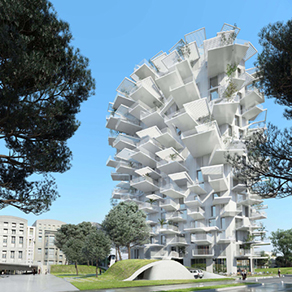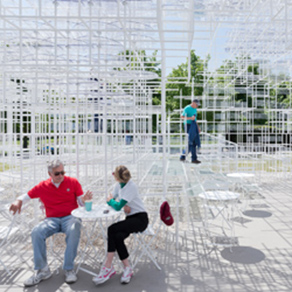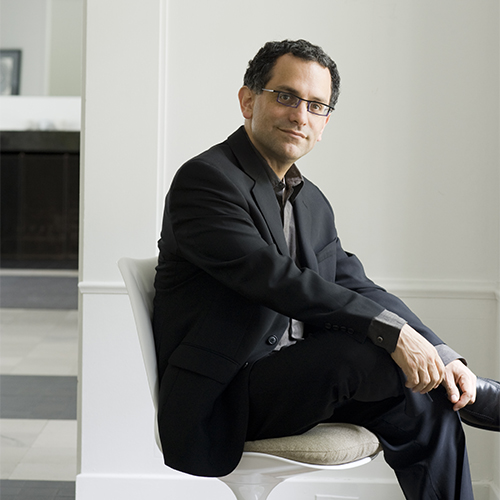

Culture Lab Detroit's Fall 2015 program engaged internationally reputed designers, scholars, landscape architects, urban farmers and chefs to explore the concept of Green Space – a topic crucial to the vitality and mindful regeneration of Detroit’s changing environment.



Best known as a landscape designer, Walter Hood has been engaged in architectural commissions, urban design, art installations, and research for over 20 years. The integration of local culture is fundamental to his approach to design, which focuses on adapting overlooked urban sites to create meaningful public spaces that enrich their communities. His earlier projects, which include Lafayette Square and Splash Pad Park, are regarded as transformative designs for the field of landscape architecture. Hood Design is the designer for the de Young Museum gardens and landscape, the new Sculpture Terrace for the Jackson Museum of Wildlife Art, the Broad Museum landscape and terrace, and the Cooper Hewitt gardens. Recent public artworks are Site/Cite in Opa-locka, Florida, and Coastlines in Wilmington, California. New projects include the landscape for the International African American Museum and for Hilltop Park on Yerba Buena Island, San Francisco.
Recently, Hood won the design competition to create public art commemorating the city of Nashville’s role in the civil rights movement. Other notable design competition awards include Garden Passage, a public artwork in Pittsburgh, and a 1.1-megawatt photovoltaic array at the University at Buffalo. Hood attended the Rauschenberg Residency in 2015 and has been an instructor at LandWorks Sardinia, Italy, for the past two years. In 2009–2010 he received the Cooper Hewitt National Design Award for Landscape Architecture, and in 2010 Fast Company named him Master of Design. In 2013, Hood became the inaugural appointee to the David K. Woo Chair in Environmental Design. He has exhibited and lectured on his professional projects and speculative works internationally.



Born in 1971 in Hokkaido, Japan, Sou Fujimoto founded Sou Fujimoto Architects in Tokyo in 2000. Fujimoto provides rigorous, diverse design services to clients around the world, blending natural and architectural elements to imagine what is possible in the built environment. His designs, which explore the “in-between space” between nature and architecture, have been recognized internationally for their innovation. His process is collaborative and experimental, and the outcome primitive yet avant-garde.
Fujimoto has achieved international recognition including, in 2014, distinction as Wall Street Journal Architecture Innovator of the Year, winner of the design competition for the Liget Budapest House of Hungarian Music, and winner of the International Competition for the Second Folly of Montpellier. The youngest architect to accept an invitation to design the annual summer pavilion for the Serpentine Galleries in London, he also participated in the 2012 exhibition at the Japan Pavilion that was awarded the Golden Lion for Best National Participation at the Venice Biennale International Architecture Exhibition. His most important works include the Serpentine Gallery Pavilion 2013, House NA (2011), Musashino Art University Museum and Library (2010), Final Wooden House (2008), and House N (2008).

Reed Kroloff is the founding principal of jones|kroloff, a unique practice that develops strategy for clients in the architecture and design industry and also guides architect selection processes. The firm’s clients have included the American Society of Interior Designers, the Boston Convention Center Authority, the Chicago Architecture Foundation, the Aspen Art Museum, the Cleveland Museum of Contemporary Art, the Whitney Museum of American Art, the University of Chicago, Wellesley College, Yale University, Global Green/Brad Pitt, Motown, and the History Channel, and many others.
Mr. Kroloff was previously the Director of Cranbrook Academy of Art and Art Museum in Bloomfield Hills, Michigan and Dean of the Tulane University School of Architecture in New Orleans, Louisiana, which he led through Hurricane Katrina and its recovery. The recipient of the American Academy in Rome’s 2003 Rome Prize Fellowship, Mr. Kroloff also served as Editor-in-Chief of Architecture magazine. Under his direction, Architecture received more awards for editorial and design excellence than any magazine of its type, and quickly became the nation’s leading design publication.
Reed Kroloff writes, lectures widely, has appeared in a number of television programs, and is a regular critic at professional organizations and architecture schools across the country. He holds degrees from the University of Texas at Austin and Yale University, and has practiced architecture in Texas and Arizona. Mr. Kroloff has served on numerous boards and advisory councils, ranging from the Frank Lloyd Wright Foundation to the Register of Peer Professionals of the United States General Services Administration.